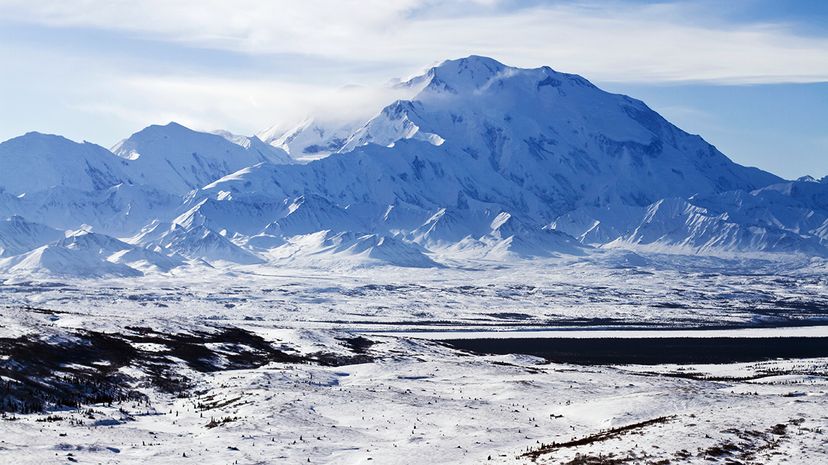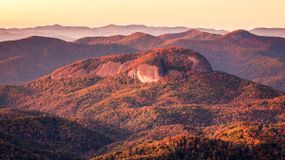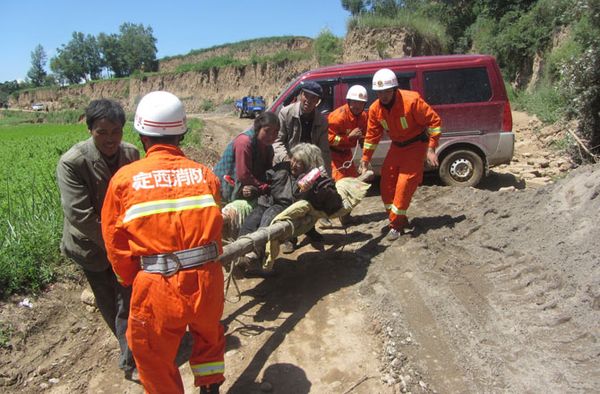Every year, an estimated 2 to 3 million people lace up their boots and take a hike on the Appalachian Trail. It's hard to beat the scenery. The 2,200-mile (3,540-kilometer) pathway shares its name with a mountain range whose dense forests and rocky slopes are a magnet for those who love the outdoors. Should you ever decide to climb an Appalachian summit, you'll have your work cut out for you. The 10 highest American peaks east of the Mississippi are all located in this historic mountain range. By a slim margin, the tallest among them is North Carolina's Mount Mitchell, which stands 6,684 feet (2,037 meters) tall.
It probably won't get any taller, though. From a geological standpoint, the Appalachians haven't seen much growth in quite a while. Since the dawn of the dinosaurs about 225 million years ago, this range has been getting whittled down by weathering forces. Yet elsewhere in the world, some mountains grow higher and higher on a yearly basis. So how come the Appalachians aren't following suit?
A key factor is their age. Mountains form in a handful of different ways, but most mountains come into existence when two tectonic plates collide. For those who don't know, tectonic plates are the moving pieces of the lithosphere, our planet's outer layer. Mind you, not all of them are alike.
Continental plates are fairly light, while oceanic plates are denser in nature. When two plates collide, an oceanic plate will get pulled under a continental one. Scientists call this phenomenon "subduction." The process drives magma to the continent's surface, leading to the creation of a volcanic mountain, like Mount Fuji in Japan or Mount Saint Helens in Washington State. Tectonic pressure generated at these subduction zones can also result in non-volcanic mountains like Alaska's Mount Denali, which — according to NASA — is currently getting 0.04 inches (1 millimeter) taller every year.
But what happens when two continental plates plow into each other? Once that occurs, the earth's crust at their boundary gets displaced and forced upwards. Thus, a new mountain range comes into being.



